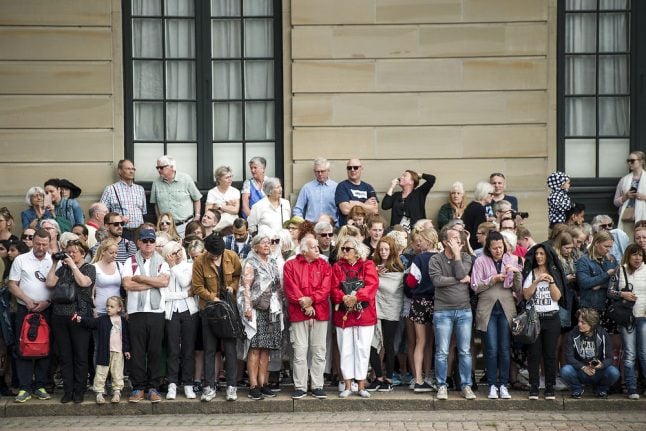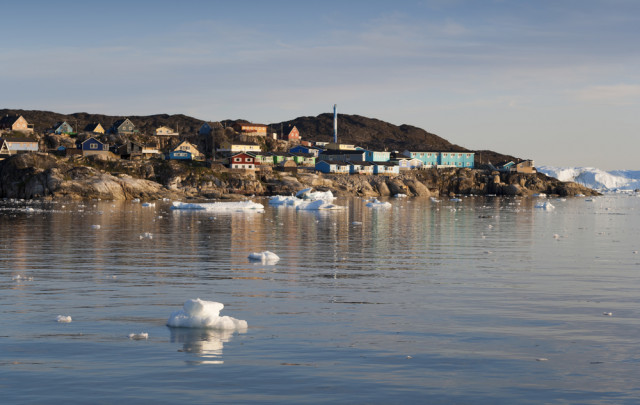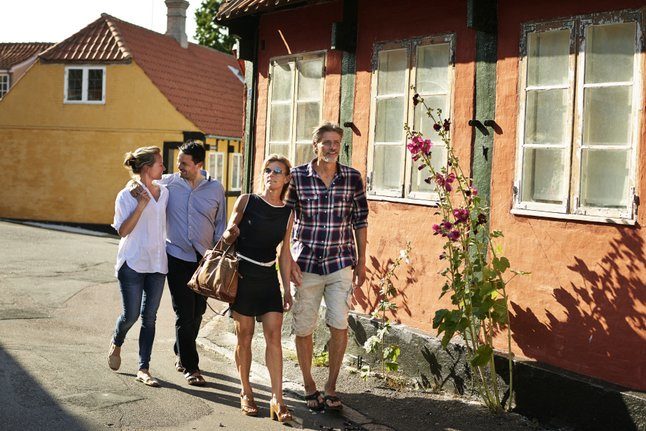Climate concern
In the small country, which has a generally good record when it comes to limiting emissions but is also one of the world's largest pork producers, 57 percent of voters believe the next government needs to make climate a priority, according to a Gallup poll published in February.
Among voters aged between 18 and 35 years, the figure is 69 percent.
The country has already started going green, with 34.9 percent of its energy produced by renewable sources. The average among OECD countries is 10.2 percent.
In Greenland, an Arctic island territory nine times the size of the UK, the effects of global warming are already noticeable, with the rate of ice melting increasing fourfold between 2003 and 2013.
READ ALSO:
Immigration restrictions
Denmark has a population of 5.6 million, with one out of 10 inhabitants born abroad. Between 2010 and 2015, the number of asylum applications quadrupled to 21,316 and the country responded by re-introducing border controls, which the sitting government wants to make permanent, and tightened already strict conditions for approval.
In the first quarter of 2019, 620 people applied for asylum in the country, the lowest number since 2008.
The outgoing right-wing minority government, which relies on the informal support in parliament of the far-right Danish People's Party (DF), boasts that it has adopted 114 policies restricting immigration, including a provision allowing for the seizure of valuable assets of migrants entering the country, although it has only been applied 10 times.
In addition to DF, which has wielded broad influence on Danish politics since 2001, two other far-right parties are in the running and opinion polls suggest they could gain seats in Denmark's parliament, the Folketing.
Anti-immigration sentiment has also rubbed off on most of the political establishment, with the centre-left Social Democrats, predicted to take over government, promising to stay the course on immigration.
According to the European Commission's Eurobarometer, 30 percent of Danes say immigration is their main concern, nine percentage points over the European average.
Welfare state and progressivism
Denmark sports an extensive welfare state model, financed by high taxes to ensure a social safety net.
Access to education and health care is free of charge, and a normal work week is 37 hours.
A staunch defence of freedom of expression is a cornerstone of Danish society, which is modern and progressive.
Homosexuality was for instance decriminalised in 1933 and the country was also the first in the world to recognise same-sex unions with the creation of registered partnership in 1989. Same-sex marriages were then introduced in 2011.
One of the capital Copenhagen's landmarks is the libertarian neighbourhood of Christiania, which has been the home of a self-managed community since 1971 known for its overt narcotics trade.
Economic competitiveness
The Scandinavian country is the 10th most competitive economy in the world, according to the World Economic Forum, but its protestant culture stresses moderation.
At the core of the Danish model is the concept of “flexisecurity”, allowing companies to easily lay off employees who then receive generous unemployment benefits and social services.
According to Eurobarometer, unemployment is only a concern for five percent of Danes, and the unemployment rate stands at 3.7 percent.
In 2018 Denmark's economy grew by 1.2 percent, held back by a modest increase in exports, on which the country is dependent.
Denmark is home to several internationally recognised brands, such as Lego, the world's largest producer of insulin Novo Nordisk and the world's leading container shipping company Maersk.
Land of hygge
The second happiest people in the world, according to a recent UN report, the Danes follow the gospel of “hygge”, a concept that stresses the feeling of comfort and coziness that can be found in everyday situations.
In Danish culture, everyone is expected to participate in working for the common good, which contributes to a sense of belonging and duty among citizens. In the previous legislative elections, voter turnout was 86 percent.
While most of Denmark's inhabitants are generally satisfied with their lives, they are also among the world's largest consumers of anti-depressants, with 77 tablets per 1,000 people swallowed everyday, well above the OECD average of 60.


 (
(
 Please whitelist us to continue reading.
Please whitelist us to continue reading.
Member comments